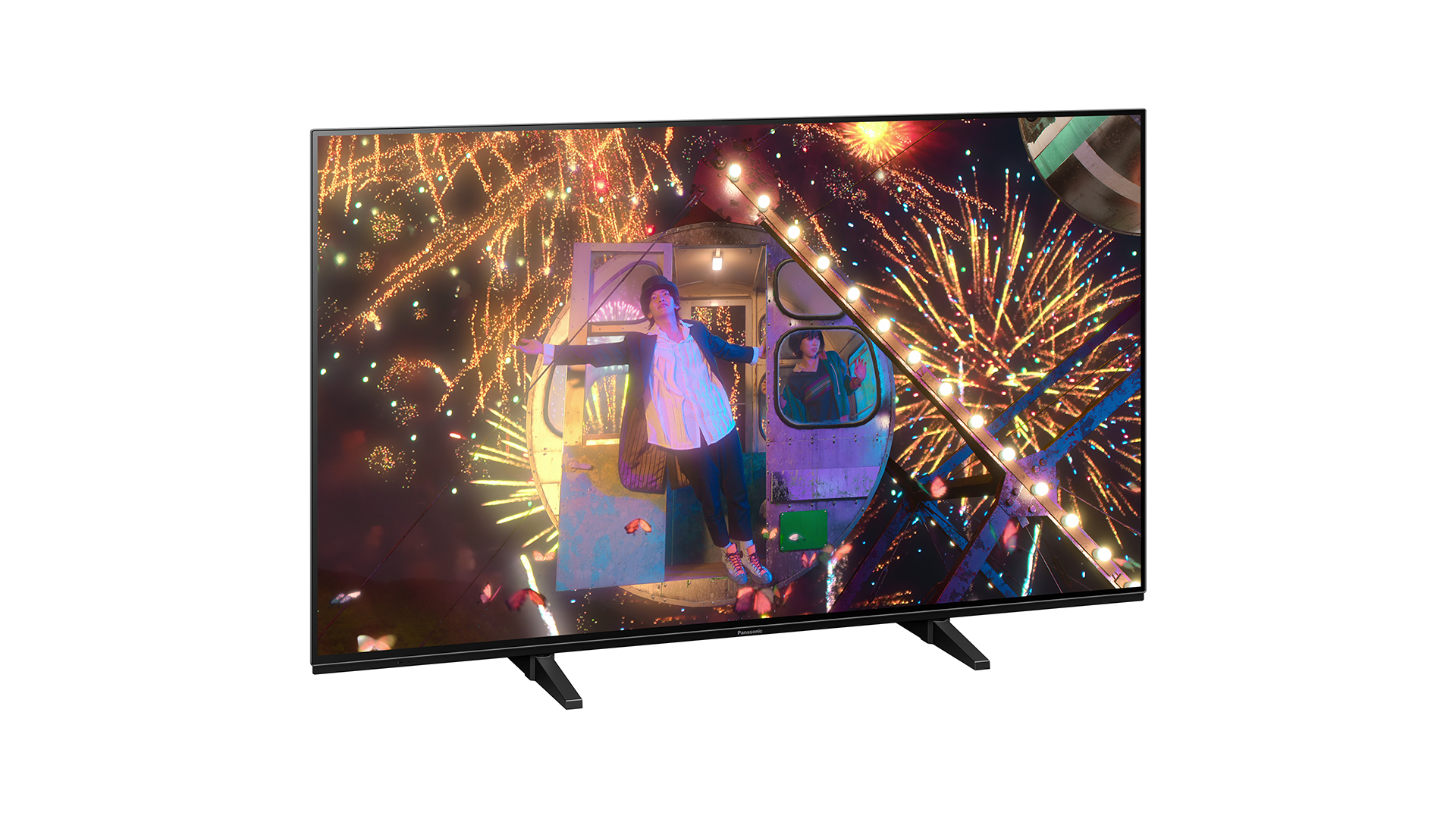What Hi-Fi? Verdict
Panasonic has lavished the same attention on the 48-inch JZ980 that it does on its bigger screens, and the result is a stunning ‘small’ TV
Pros
- +
Bright, natural, immersive pictures
- +
Decent gaming support
- +
Detailed Dolby Atmos sound
Cons
- -
Relatively expensive for a 48-inch TV
- -
Sound lacks bass
- -
Unexpectedly chunky design
Why you can trust What Hi-Fi?
It might have taken the best part of a decade, but TV brands have finally started making OLED TVs with screens smaller than 55 inches.
LG led the way, inevitably, with first 48-inch and then 42-inch OLED TVs. These have proved so popular with gamers and spatially challenged AV fans, though, that fellow OLED brands were bound to follow suit. Which brings us to the TX-48JZ980: Panasonic’s debut 48-inch OLED TV. Can this set deliver the same premium quality we’ve become accustomed to from Panasonic OLEDs, or has the brand had to cut corners as well as inches?
Design
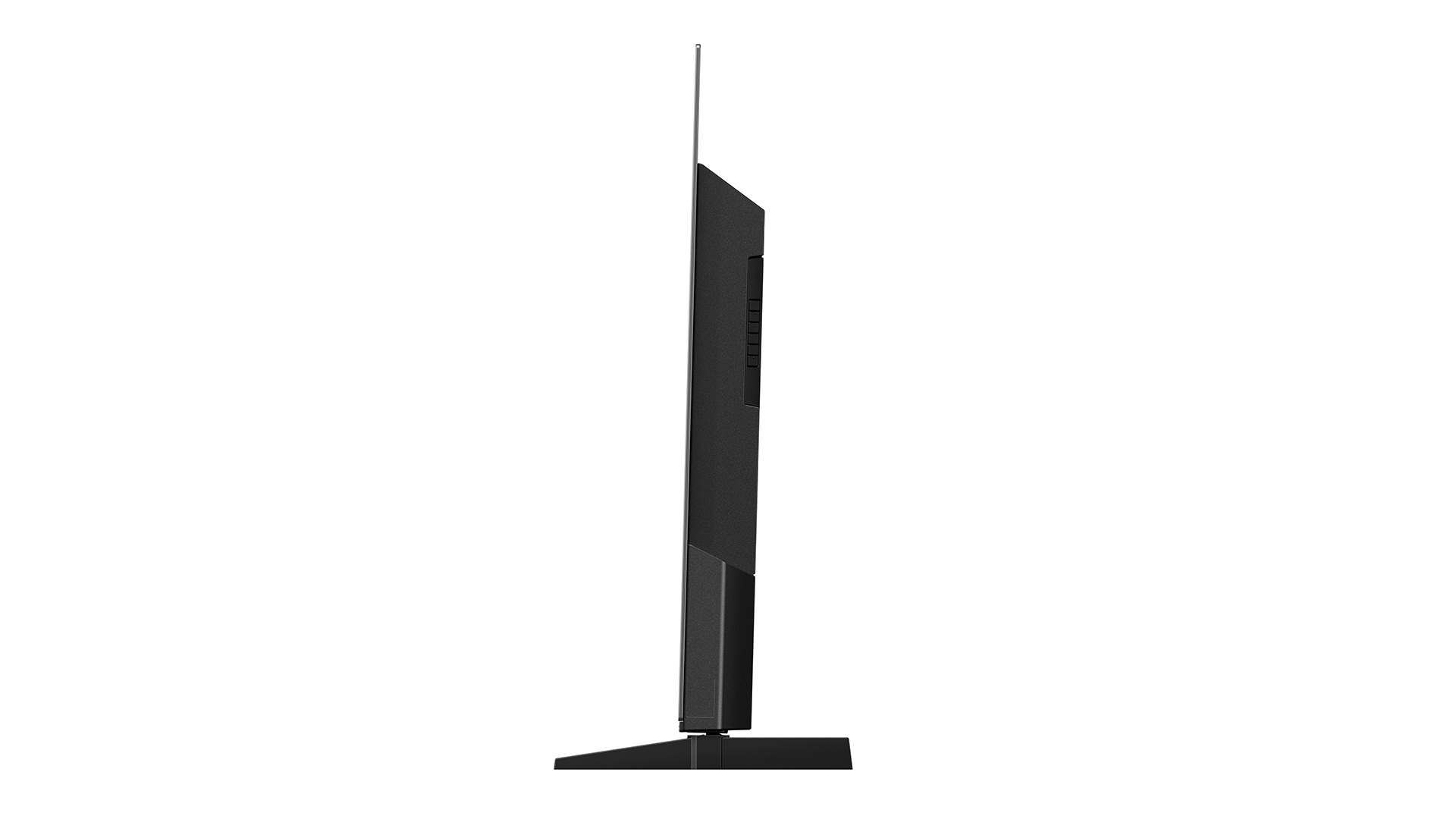
Looked at on a 360-degree basis, the TX-48JZ980 is a bit of an oddity. At its edges it’s remarkably thin, delivering a classic futuristic reminder of just how thin a screen can get when it doesn’t have to accommodate an external backlight. A few inches in from the JZ980’s extremities, though, it actually becomes one of the chunkiest OLEDs we’ve seen.
While this harms its wall-hanging appeal, though, you don’t really see or feel the depth when you’re looking at the Panasonic from the front, even at a fairly steep front angle. So while its two slot-in feet look a little old school, the TV presents a pretty pleasing face to the world.
The TX-48JZ980 ships with a full-sized remote control with a decently premium finish, though its layout feels a bit complicated versus many of today’s ‘smart’ remotes.
Panasonic’s latest My Home Screen smart engine, meanwhile, finally follows Samsung’s lead by including the option to run artworks or photographs as ‘screen savers’ if you want to avoid having a 48-inch black hole in your room when you’re not watching the TV in earnest.
Features
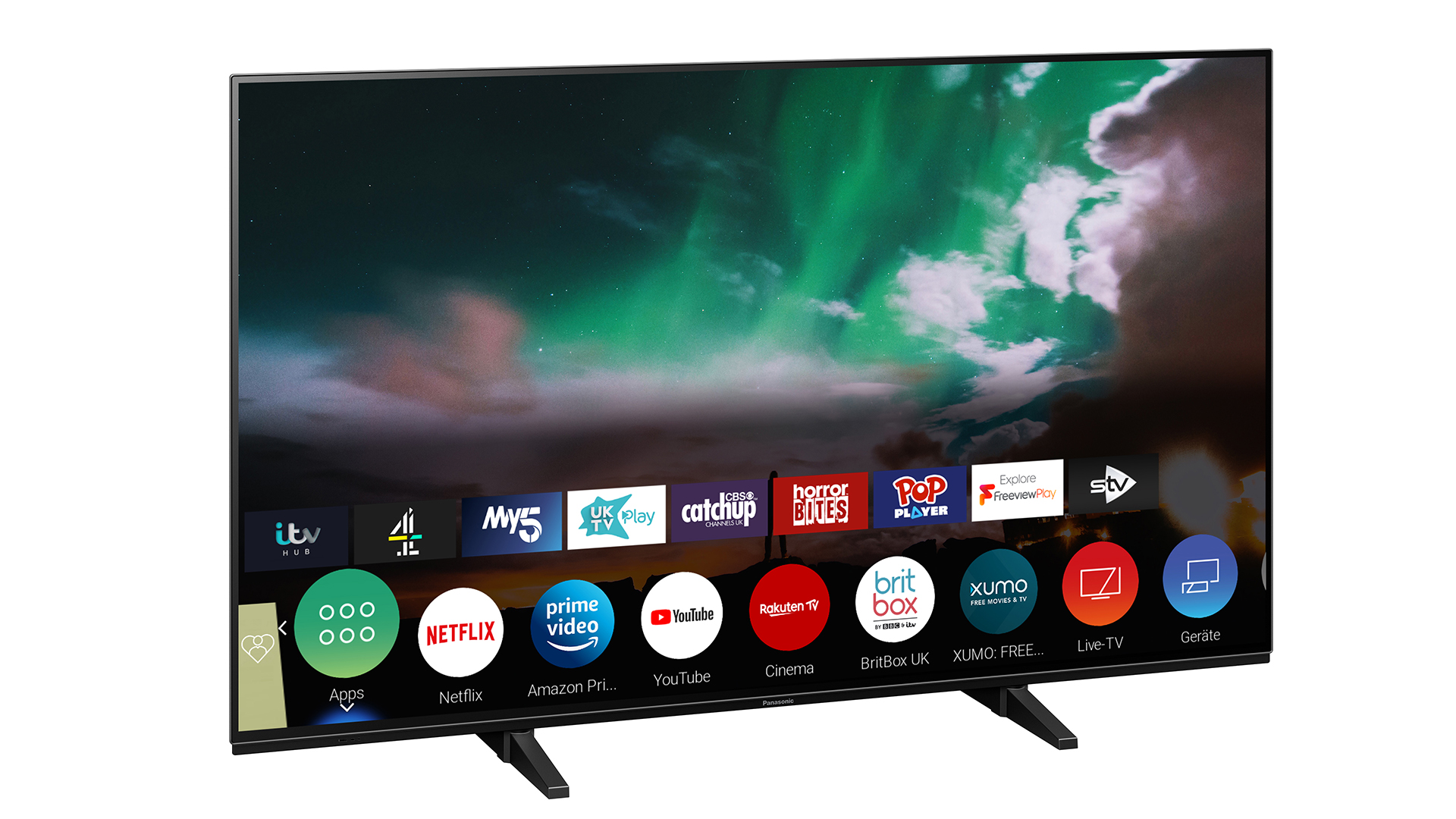
The TX-48JZ980 manages to squeeze a 4K resolution into its 48-inch screen, and delivers the familiar OLED strengths of self-emissive pixels (and the extreme local contrast that comes with that), and support for much wider viewing angles than you customarily get with LCD TVs.
The latest hi-fi, home cinema and tech news, reviews, buying advice and deals, direct to your inbox.
It also, brilliantly, continues Panasonic’s agnostic approach to high dynamic range (HDR) technology by supporting both the HDR10+ and Dolby Vision ‘active’ HDR formats, as well as the more standard HDR10 and HLG systems. This essentially means it will get the best quality possible from any HDR source you feed into it, whereas most rival brands still only tend to support either HDR10+ or Dolby Vision, not both.
Connections are pretty good for a relatively small-screen TV. In particular, it carries three USBs, wi-fi and Bluetooth support, and four HDMI ports. Two of the HDMIs can support the latest key gaming features of 4K at 120Hz, VRR (including AMD Freesync Premium), and ALLM. Dolby Vision gaming is available too, though only at 60Hz, not 120.
It’s a pity that one of the two wide-bandwidth, 2.1 HDMI ports also doubles up as the eARC output. This means that if you need to use eARC for your particular audio set-up, you’ll be down to just one high bandwidth port for attaching a new console or cutting-edge PC.
Input lag with the JZ980 switched to its Game mode drops to a very respectable 14.5ms. This isn’t quite the lowest we’ve seen, but it’s low enough to ensure that fans of fast-response games such as Call Of Duty shouldn’t be disadvantaged.
Since the JZ980 series sits at the lower end of Panasonic’s current OLED range, the TX-48JZ980 doesn’t get one of Panasonic’s ‘pro-edition’ high brightness panels. Also, although it does join more premium Panasonic models in carrying Dolby Atmos decoding, its sound system is limited to two speakers, each driven by 15 watts of amplification.
Smart features are provided by the same My Home Screen 6.0 platform used across Panasonic’s current OLED range, including built-in voice support via Google Assistant and Alexa, plus Google Chromecast support for straightforward external smart device mirroring. Note that recent updates mean that My Home Screen 6.0 now includes the Disney+ and Apple TV+ streaming services alongside the previously established likes of Netflix, Amazon Prime Video and Youtube.
The TX-48JZ980 impressively retains the same HCX Pro AI processor found on its more premium Panasonic OLED siblings. This processor focuses in particular – with helpful input from real Hollywood creatives – on trying to make pictures resemble as closely as possible the way they looked when created in a mastering studio. Panasonic does also, though, provide a likably long list of picture presets that cater for quite different image tastes for people not drawn into the accuracy argument.
Picture
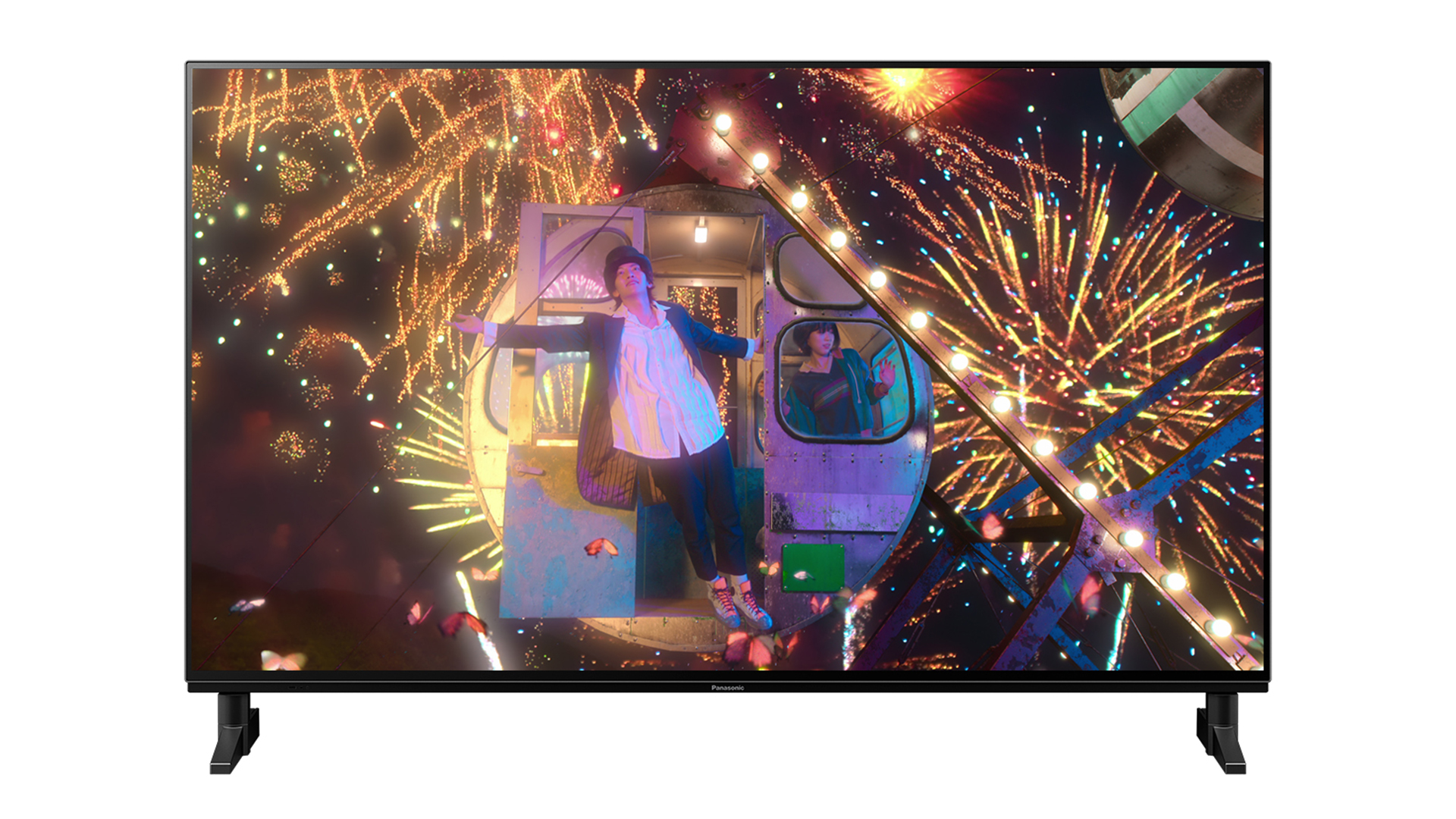
Worries that shrinking its OLED prowess down to 48 inches might impact Panasonic’s renowned picture quality are quickly put to bed by the TX-48JZ980.
The most striking thing about it, unexpectedly, is how bright it looks. As mentioned earlier, this 48-inch model does without one of Panasonic’s high-brightness OLED panels, yet its pictures routinely look brighter than many rival ‘regular’ OLED panel designs. Certainly its average brightness level is consistently and substantially above that of our benchmark Philips 48OLED806, which is itself very punchy by 48-inch OLED standards.
The brightness talent plays out across all of the JZ980’s picture presets, too, with even its accuracy-focused Filmmaker mode enjoying a significantly brighter look than the same mode on the Philips.
As well as delivering a generally more exciting and satisfying HDR experience, the TX-48JZ980’s brightness seems to help it bring out exemplary amounts of shadow detail in dark scenes. As well as revealing how some OLED rivals are crushing out a little detailing in the very darkest parts of the image, this shadow detail talent is controlled well enough to ensure that you only see subtle detailing in dark areas that you’re supposed to be seeing; you don’t feel exposed to content noise that was designed to be hidden in darkness.
The JZ980’s handling of dark areas also reveals that its fondness for brightness hasn’t come at the expense of OLED’s renowned black level performance. Black areas still look every bit as deep and neutrally dark as we’ve come to expect. Even better, Panasonic’s long-running prowess at handling near-black image content sees it avoiding pretty much completely some rivals' tendency for some areas of dark detail to look rough or blocky.
Colours look reasonably rich and vibrant too – though without losing the tether to accuracy and naturalism that’s Panasonic’s trademark. It helps, in this regard, that Panasonic’s processing proves excellent at delivering even the subtlest of colour tone differentials, contributing to an image that looks impressively three-dimensional and textured.
The JZ980’s pictures don’t look as aggressively sharp in any of its picture modes, it must be said, as they do in the non-Filmmaker modes on the Philips 48OLED806. This is a renowned strength of Philips’ image processing, though, and we wouldn’t say we ever really felt as if we were missing/losing anything in true detail terms on the Panasonic.
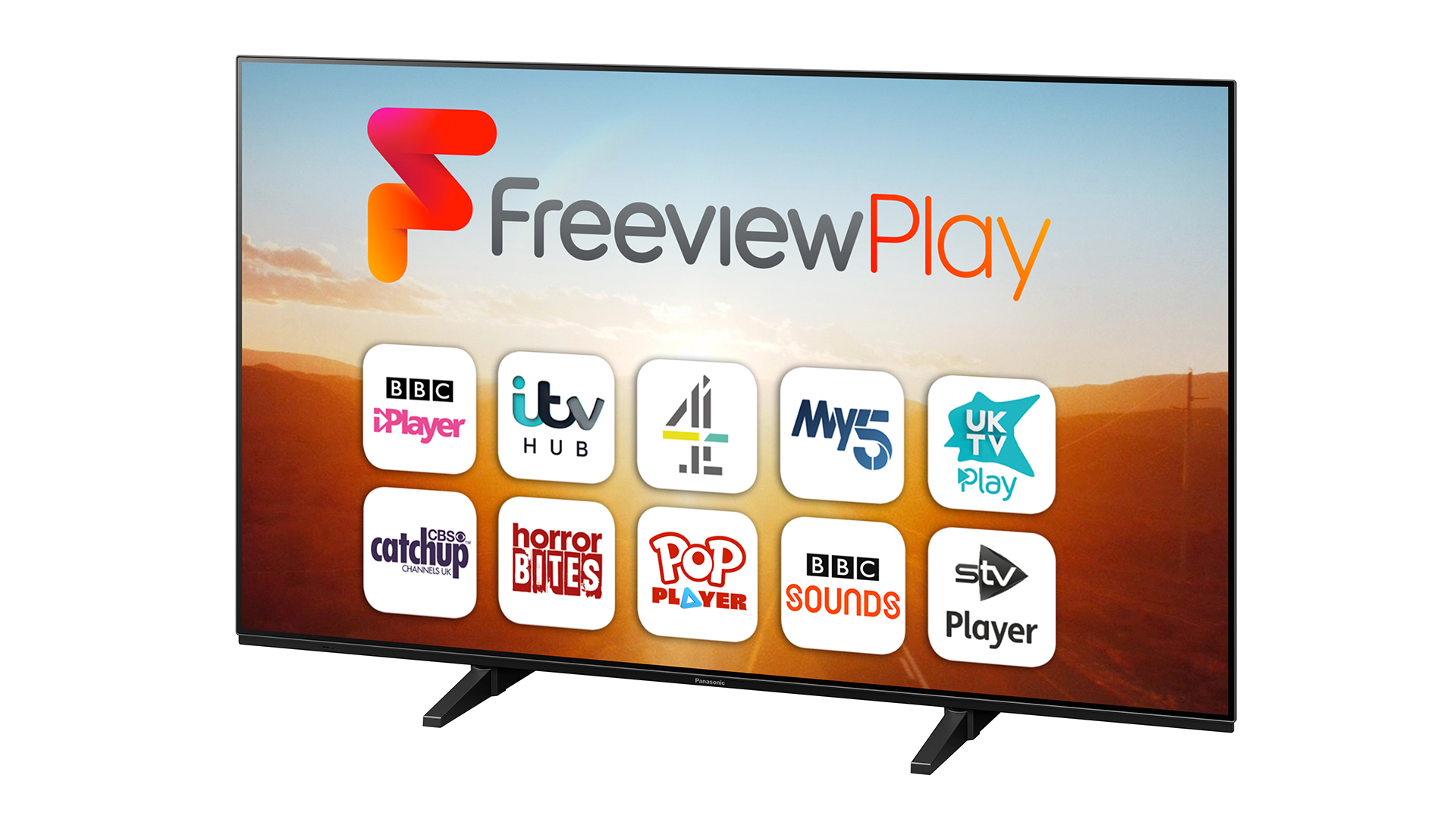
Screen size 48 inches (also available in 55in, 65in)
Type OLED
Resolution 4K
HDR formats HDR10, HDR10+, HLG, Dolby Vision
Operating system My Home Screen 6.0
HDMI inputs x 4 - 2 x 2.1 48Gbps
Gaming features 4K/120, VRR, ALLM
Input lag 14ms
ARC/eARC eARC
Optical output Yes
Dimensions (hwd, without stand) 62 x 107 x 6.7cm
There are a couple of areas where the JZ980 could be better, though. Its motion processing is rather prone to unwanted side effects on all but its weakest setting – yet that weakest setting leaves a touch more hardware judder than some AV fans might feel comfortable with.
It’s also clear that the Philips 48OLED806 serves up much more vibrant, rich-looking colours in some of its picture presets than the Panasonic does in any of its presets – even its boldest Dynamic mode. In fact, the Panasonic’s unexpected brightness occasionally seems to cause certain colour tones to look just a touch faded – as well as causing mild clipping (loss of shading detail) in the very brightest HDR picture areas.
However, the Philips 806’s pushy approach to colour in some presets can lead to some tones, especially rich dark ones, looking rather forced and unnatural, denying pictures the consistency you get with the Panasonic.
In fact, the JZ980’s consistency is ultimately the jewel in its crown. Watching film after film on it, TV show after TV show, once the motion processing is tweaked to minimise its potential issues we end up so consistently immersed in what we’re watching that we frequently forget that we’re supposed to be testing the TV. Which is pretty much the dream scenario, actually – especially when talking about a relatively affordable model (by OLED standards).
Sound

While the TX-48JZ980’s 2 x 15W audio system doesn’t sound particularly exciting on paper, it actually serves up a very satisfying audio experience. For starters, while this might be a ground-breakingly small TV for Panasonic, there’s nothing minor about how far left, right and even to some extent above the screen its audio spreads. This helps it get unexpected value from its built in Dolby Atmos decoder.
For instance, during the sequence in Blade Runner 2049 where Agent K arrives at Sapper Morton’s protein farm, the JZ980’s speakers not only create a convincing sense of a soundstage beyond the confines of the screen, but even sonically track the movements of K’s spinner as it flies in over Morton’s head before starting to descend off screen to the left.
Detail levels generally are high, and dialogue is impressively handled in terms of both its clarity, even under pressure, and in the way it sounds as if it’s coming from the screen rather than some vague point below or behind the image.
There’s enough power and dynamic range in the speakers, too, to ensure that the JZ980’s sound doesn’t flatten off or fall away as dense action scenes reach a crescendo.
The TX-48JZ980’s only audio weakness is its bass reproduction. It doesn’t hit anything like the depths of rumble achieved by some rivals, including the Philips 48OLED806, denying big movie moments a dimension of the impact and scale they would ideally enjoy. At the same time, though, the Panasonic doesn’t succumb to any 'phutting' or buzzing interference with bass-heavy scenes, and it’s likely that pushing for significantly more bass from its stereo speaker configuration might have reduced the clarity of the rest of the mix.
Verdict
Panasonic’s first 48-inch OLED TV is a triumph. Panasonic has joined LG, Sony and Philips in proving that extending OLED to smaller screens does nothing to diminish the technology’s picture quality appeal, while Panasonic’s processing and ‘as the director intended’ philosophy also holds as good for 48 inches as it does for 55 or 65 inches.
Gaming support is decent for anyone on the look out for a ‘crossover’ video and gaming screen, too, and a well-above average sound system makes the 48JZ980 just the sort of all-in-one AV solution many people with space limitations are desperate to find.
SCORES
- Picture 5
- Sound 4
- Features 5
MORE:
Read our Philips 48OLED806 review
And also consider our LG OLED48C1 review
Our pick of the best TVs 2022
What Hi-Fi?, founded in 1976, is the world's leading independent guide to buying and owning hi-fi and home entertainment products. Our comprehensive tests help you buy the very best for your money, with our advice sections giving you step-by-step information on how to get even more from your music and movies. Everything is tested by our dedicated team of in-house reviewers in our custom-built test rooms in London, Reading and Bath. Our coveted five-star rating and Awards are recognised all over the world as the ultimate seal of approval, so you can buy with absolute confidence.
